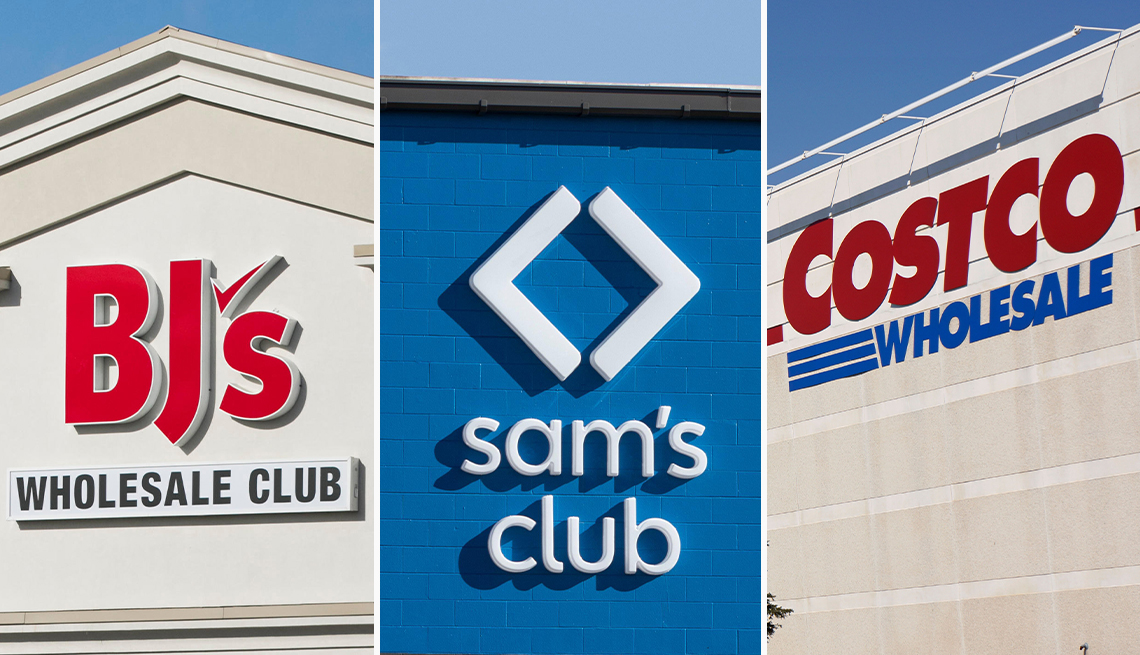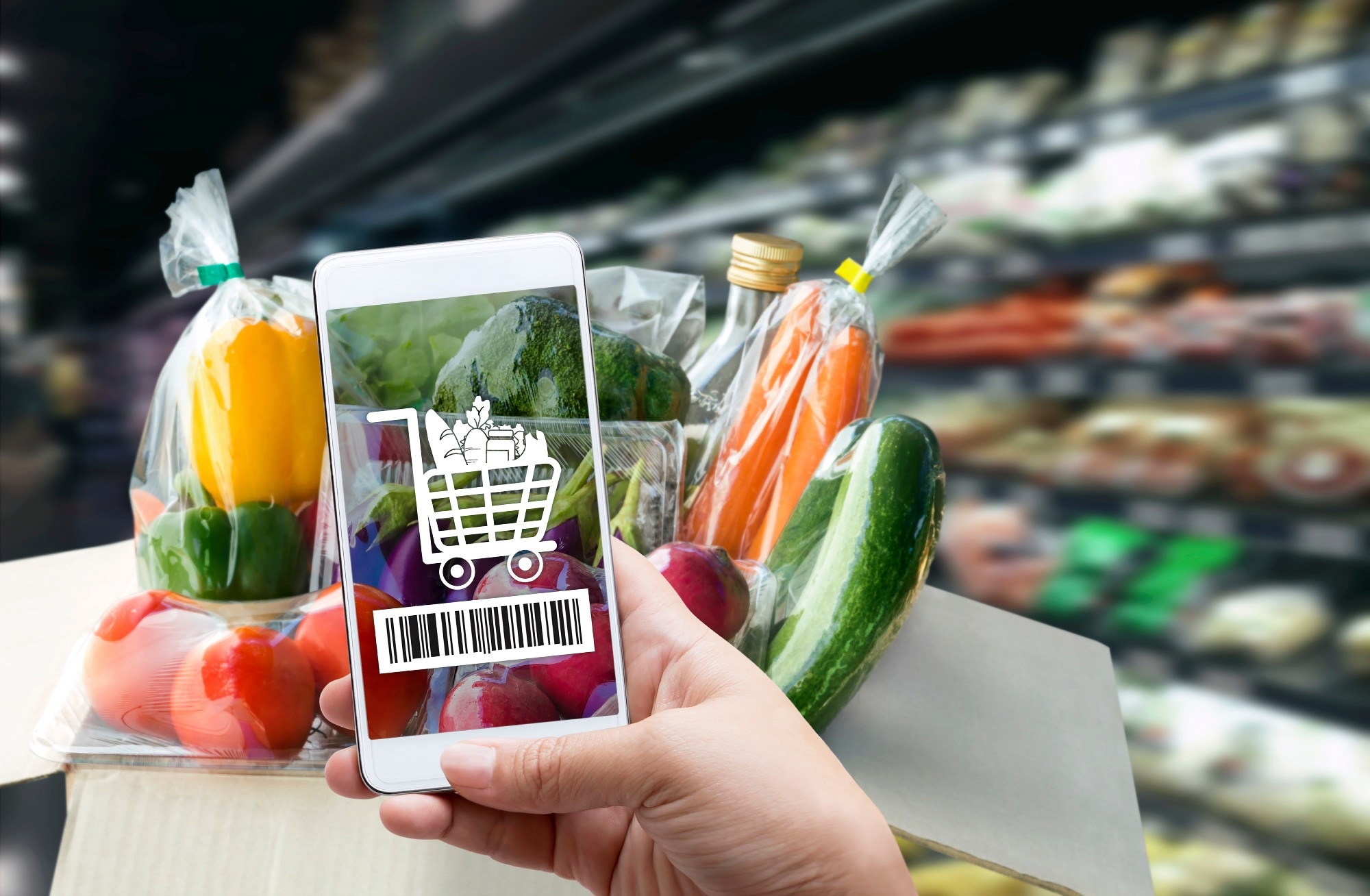AI-Powered Product Launches in CPG: Insights from Real-Time Data

Summary:
AI is transforming product launches in the consumer packaged goods (CPG) industry by replacing guesswork and delayed feedback with real-time, data-driven decision-making. For small and mid-sized enterprises (SMEs), this shift levels the playing field, enabling brands to track consumer sentiment, predict demand surges, and optimize marketing and inventory strategies on the fly. Unlike traditional launches that rely on outdated research and rigid plans, AI-powered tools deliver actionable insights from social media, ecommerce, and POS systems in real time—helping companies reduce wasted spend, reallocate resources dynamically, and boost sales performance. By starting small with pilot launches, setting clear success metrics, and building agile response systems, SMEs can turn product launches into repeatable, scalable growth strategies rather than high-stakes gambles.
AI-Powered Product Launches in CPG: Insights from Real-Time Data
Launching a new product is one of the highest-stakes activities in the consumer packaged goods (CPG) sector. For small and mid-sized brands, each launch represents a significant investment in time, inventory, and marketing. The margin for error is narrow, and a misstep can lead to wasted spend, missed revenue, or even long-term damage to brand reputation.
Traditional product launch strategies often rely on outdated data, intuition, and long feedback loops. But today, artificial intelligence (AI) is helping CPG brands make smarter, faster decisions based on real-time insights.
For SMEs, the ability to launch with agility and accuracy is no longer optional. AI offers a way to compete with larger players without the overhead of massive teams or global infrastructure.
The Problem with Traditional Product Launches
Many CPG companies still rely on pre-launch market research, historical sales patterns, and campaign schedules that are fixed weeks or months in advance. Once the product hits the market, teams wait for point-of-sale data or retailer feedback before adjusting inventory or marketing spend.
This delayed feedback loop means that by the time you know what is working, it is often too late to course correct.
Key problems include:
- Inability to monitor consumer response in real time
- Slow reactions to underperforming campaigns or channels
- Misallocation of inventory based on early assumptions
- Limited visibility into regional or demographic trends
For SMEs, the impact of these issues can be more severe. You do not have the luxury of running inefficient campaigns or holding surplus stock.
How AI Changes the Game
Artificial intelligence enables CPG brands to monitor, analyze, and respond to live data during every stage of a product launch. Instead of waiting for post-mortem reports, AI allows you to:
- Track consumer sentiment in real time
- Identify high-performing channels and regions
- Adjust marketing budgets dynamically
- Predict early demand surges or dips
- Optimize inventory distribution across stores and warehouses
By using real-time data sources and machine learning models, SMEs can make decisions during the launch—not after it.
Real-World Example: A Smarter Snack Launch
A global snack company launched a new flavor in three key markets. In the past, they would have set a fixed promotional calendar and waited several weeks for sales data to arrive. This time, they used an AI-powered dashboard to track real-time metrics, including:
- Social media mentions by region
- Ecommerce product views and add-to-cart rates
- Early sell-through rates at select retail locations
- Consumer sentiment from review platforms
Within the first two weeks, the AI system detected stronger interest in one region that had received minimal ad spend. The team immediately reallocated budget from underperforming markets and rerouted inventory to match demand. As a result, they achieved a 22 percent increase in first-quarter sales compared to similar launches in the past.
Key Data Sources for Real-Time Launch Monitoring
To power AI-driven product launches, SMEs can combine several accessible data sources:
- Website traffic and behavior analytics
- Social media trends and brand mentions
- Online reviews and sentiment analysis
- Retail POS systems
- Email and SMS campaign engagement
- Customer service feedback
Many of these sources are already available through existing tools. The value comes from connecting them and using AI to extract actionable insights.
Getting Started: AI Launch Strategy for SMEs
You do not need to overhaul your systems or hire a full data team to benefit from AI during product launches. Start with a focused and practical approach:
- Choose One Product Launch as a Pilot
Begin with a product or region where you already have some digital touchpoints and can track sales performance quickly.
- Define Success Metrics Before You Launch
Decide what you want to measure. That might include units sold, return on ad spend, first-week sell-through, or sentiment score.
- Set Up Real-Time Monitoring Tools
Use AI-powered dashboards or services that can combine live sales data, social activity, and marketing performance in one view.
- Create a Plan for Fast Adjustments
Have pre-approved workflows that allow your team to reallocate budgets, adjust messaging, or shift inventory when needed.
- Review and Learn Quickly
After the first four weeks, analyze what worked and where the model was most useful. Use those learnings for your next launch.
Final Thoughts
For CPG brands, especially those competing with limited resources, speed and adaptability are just as important as product quality. AI gives SMEs the power to respond in real time, maximize their launch investment, and avoid costly missteps.
With the right tools and a smart data strategy, your next product launch can be more than a one-time bet. It can be a repeatable process that improves with every iteration.
📩 Contact RILA GLOBAL CONSULTING today to learn more.
Read More

Q4 Consumer Signals: What Costco, BJ’s, and Sam’s Club Tell Us About Holiday Spending
The article delves into Q4 consumer signals gleaned from Costco, BJ's, and Sam's Club, highlighting how these wholesale retailers provide a crucial barometer for holiday spending and evolving shopper expectations. While value and bulk purchasing remain paramount, consumers are exhibiting diminishing patience for operational frustrations, demanding seamless experiences alongside significant savings. Costco navigates a reputation for premium value amidst growing complaints of overcrowding, BJ's champions aggressive deals despite service inconsistencies, and Sam's Club leverages digital convenience that is often undermined by fulfillment issues and unexpected viral moments. Collectively, these insights paint a picture of a holiday season where consumers are highly deal-sensitive but increasingly expect retailers to mitigate the inherent stresses of holiday shopping, offering early indicators of shifting loyalty and household budget priorities.
December 7, 2025
READ MORE

Thanksgiving 2025 Social Media Trends: What 2 Million Consumer Conversations Reveal
Thanksgiving 2025 conversations on social media revealed key consumer sentiments and trends, with over 2 million posts highlighting holiday planning, food prices, and family dynamics. Millennials, in particular, are shaping purchasing decisions. While overall sentiment was positive, concerns about specific item price spikes and distrust in AI-generated recipes emerged. Retailers can leverage insights on value, convenience, and transparency to better connect with consumers.
November 27, 2025
READ MORE

Black Friday 2025: What Consumers Really Said On Social Media About Holiday Spending
Black Friday 2025 saw over a million social media mentions in the US, revealing a complex consumer sentiment. While shoppers eagerly sought genuine value in deals, particularly for streaming services, electronics, and gaming, they also expressed growing fatigue and distrust due to perceived fake discounts, high-pressure tactics, and financial strain. The emergence of AI tools like ChatGPT and Gemini in the research and comparison process signifies a major shift in consumer behavior, demanding greater transparency and meaningful value from brands to gain trust in future holiday sales events.
November 27, 2025
READ MORE

How Americans Used AI for Thanksgiving 2025: What Millions of Conversations Reveal
As Americans navigated Thanksgiving 2025, artificial intelligence emerged as a helpful, yet cautiously adopted, assistant in the kitchen. While millions of social conversations reveal a willingness to use AI for tasks like generating grocery lists, finding substitutions, and understanding food safety, a significant skepticism remains regarding AI's ability to handle the critical elements of holiday meal preparation. The rise of 'AI slop' highlights concerns about low-quality or nonsensical AI-generated recipes, leading consumers to rely on trusted human sources for the main dishes. Ultimately, AI is seen as a valuable tool for planning and convenience, but not as a replacement for human expertise in crafting the centerpiece of the Thanksgiving table.
November 27, 2025
READ MORE

Best Buy Social Media Analysis Ahead of Earnings: What 500K Online Conversations Reveal
Ahead of its Q3 2025 earnings announcement, over 500,000 social media conversations paint a consistent picture of Best Buy: consumers appreciate its deals, product selection, and the promise of reliable tech support. However, significant frustrations persist regarding delivery issues, complex warranties, and poor customer service follow-through. Despite these operational challenges, Best Buy's brand appears stable and predictable, lacking major scandals or controversies, which suggests a low-drama earnings call and reinforces its image as a reliable, though not always seamless, retail brand.
November 25, 2025
READ MORE

Inside the Crumbling US Job Market: 18M Social Media Mentions on Work, Pay, and Layoffs
Conversations surrounding the US job market have surged, with 18 million social media mentions revealing widespread anxiety about work, pay, and job security. Layoff announcements are at a 22-year high, mirroring levels not seen since the Great Recession, while continuing unemployment claims are nearing four-year peaks. This sentiment is amplified by the emotional texture of online discussions, where people express struggles to afford bills, the necessity of second jobs, and burnout. Concerns about AI's potential to eliminate white-collar roles, coupled with frustrations over applicant tracking systems and 'ghost jobs,' further contribute to a deeply negative outlook, overshadowing positive stories of job acquisition and meaningful work.
November 21, 2025
READ MORE

The End of the U.S. Penny: What Social Listening Reveals About Value, Nostalgia, and America’s Evolving Relationship With Currency
The end of U.S. penny production sparked an online conversation far richer than a simple economic update — revealing a moment where money, memory, and national identity collided. Social listening shows Americans framing the discontinued coin as a cultural artifact, a childhood symbol, and a mirror for anxieties about inflation, political leadership, and a cashless future. Nostalgia blended with skepticism as collectors, financial commentators, and everyday users debated what the penny’s disappearance says about shifting priorities in a modernizing economy. In witnessing the final minting of a coin with 232 years of history, the public wasn’t just reacting to monetary policy — they were negotiating the meaning of value itself.
November 19, 2025
READ MORE

What U.S. Consumers Are Really Buying Right Now: Viral Trends, High-Tech Tools, and the New Psychology of Shopping
U.S. consumers are reshaping the retail landscape in real time, blending emotional impulse with unexpected investment as they navigate economic pressure and digital influence. Social conversations show that Americans are simultaneously splurging on high-performance niche tools, making impulsive TikTok-driven micro-purchases, and buying controversial or loosely regulated products that reveal widening trust gaps in the marketplace. Even as budgets tighten, spending on beauty, wellness, and status-defining items remains resilient, signaling that identity, comfort, and social proof matter more than ever. The result is a consumer environment where viral influence outweighs traditional marketing, transparency becomes a competitive advantage, and brands must track fast-moving cultural signals to stay relevant.
November 19, 2025
READ MORE

Target in Q3 2025: What 6 Million Social Media Posts Reveal About the Brand
Target’s Q3 2025 social footprint reveals a brand caught between strong product demand and increasingly strained execution. Shoppers still love Target’s private labels, seasonal magic and exclusive collaborations, but their enthusiasm is undercut by widespread frustration with understaffed stores, long checkout lines, messy environments, unreliable digital inventory, app glitches and inconsistent delivery through Shipt and Circle 360. Social and political debates as well as safety concerns add volatility to Target’s perception, even as private-label performance and holiday readiness remain clear strengths. The data shows a widening gap between Target’s brand promise and the real shopper experience - one that represents both a risk to loyalty and an opportunity for operational reinvention.
November 18, 2025
READ MORE